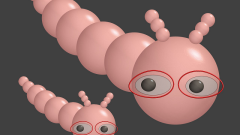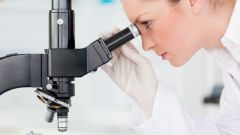Instruction
1
Noticing signs of parasitic infestations, contact a medical facility on the subject of the diagnosis of the disease. In the recent past, parasites were determined by the method of duodenal intubation and analysis of faeces. Microscopic examination of the latter allows to detect selected helminths, their fragments, larvae and eggs. Not always therefore, it is possible to obtain a reliable result, but there are many modern methods for the determination of helminthiasis.
2
One of the high-tech and common methods — enzyme-linked immunosorbent assay (ELISA). It is based on detecting antibodies produced by the body in the fight against parasites. The method is highly sensitive – up to 90% accuracy. The main advantage of the ELISA – determination of the parasites, their number, the exact dynamics of development, and that shows the level of antibodies.
3
The polymerase chain reaction (PCR diagnostics) identify infestations protozoa, viruses, intracellular parasites. The disadvantage of this diagnostic is impossible to determine the number of parasites in the body.
4
Often if you suspect a certain intestinal helminth infestation is prescribed x-ray examination of certain organs. Can also be used for computed tomography, endoscopy and indoniesia.
5
In addition, modern medical centers offer haemo scanning of an drop of live blood from the simultaneous application of bioresonance diagnostics. This allows for a small period of time to determine the functional state of the organism. The method provides the ability to detect parasites when there are no symptoms.
6
The more is medical studies of parasites, the more evidence of their negative influence on people. The most striking evidence for the presence of parasites in the body include excessive hunger, skin rashes, asthma, migraine, weight loss, bad taste and breath.
Note
Undercooked meat and fish, raw vegetables and fruits that have not undergone sufficient treatment, raw water, unboiled milk, failure to comply with sanitary rules when handling foods and cooking – significantly increase the risk of infestation.
Useful advice
Infestation occurs from the external environment. The main way is through the mouth: with food, drink, using the items that fall in the oral cavity. There are cases of infection through the skin, insect bites, through the mucous membranes of the urethra, anus, vagina.









